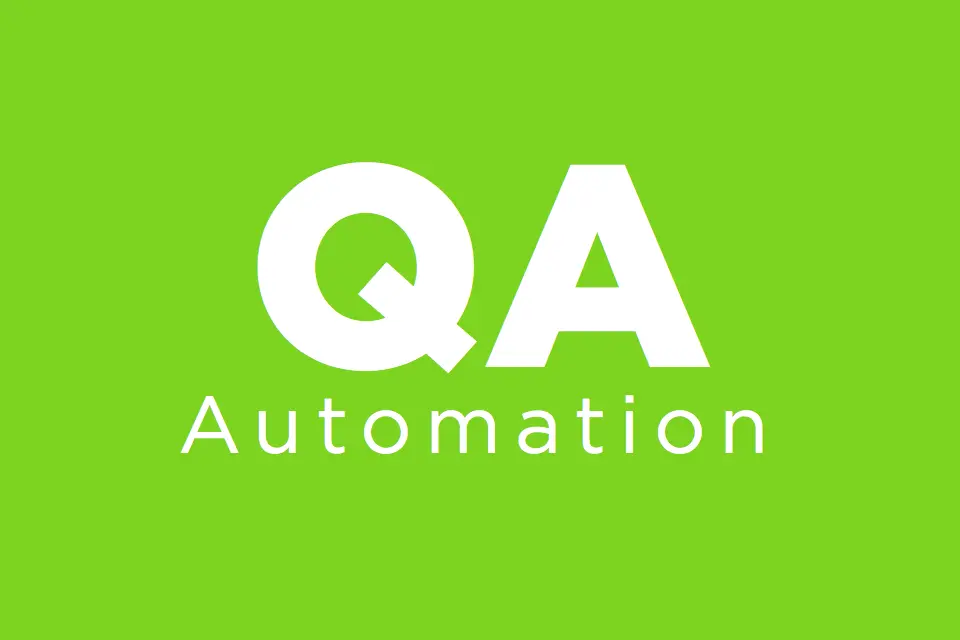Mandatory arbitration agreements in employment contracts require employees to resolve disputes through arbitration rather than litigation. These agreements typically prevent employees from taking their grievances to court.
Instead, they must go through a private arbitration process, which is binding and usually less favorable to employees. A skilled employment lawyer in Toronto can help you understand everything you need to know about these agreements.
Contents
Benefits of Mandatory Arbitration Agreements in Employment Contracts
Mandatory arbitration agreements in employment contracts can offer numerous benefits to employers and employees, including:
Cost-Effective Resolution
Arbitration is often faster and less expensive than traditional litigation, saving both parties time and money.
Confidentiality
Arbitration proceedings are private, unlike court cases which are usually public. This can protect sensitive information and maintain confidentiality.
Expert Decision-Makers
Arbitrators are typically experts in employment law, providing knowledgeable and impartial decisions.
Streamlined Process
Arbitration procedures are often more streamlined than court proceedings, leading to quicker resolutions.
Flexibility
Arbitration allows parties to schedule hearings at mutually convenient times, providing flexibility in the resolution process.
Reduced Stress
The informal nature of arbitration can reduce the stress and emotional toll often associated with court battles.
Finality of Decisions
Arbitration awards are generally final and binding, reducing the likelihood of prolonged legal disputes.
Limited Discovery
Arbitration may involve less extensive discovery compared to litigation, minimizing the burden on both parties.
Choice of Arbitrator
Parties can often choose their arbitrator, providing some control over the decision-making process.
Preservation of Relationships
Arbitration can help preserve working relationships between employers and employees by resolving disputes in a less adversarial manner.
Impact of Mandatory Arbitration Agreements on Employee Rights
Mandatory arbitration agreements in employment contracts can significantly impact employee rights in the following ways:
Limited Access to Courts
Employees may lose their right to have their disputes heard in a public court. This limits their access to the judicial system.
Confidentiality Concerns
Arbitration proceedings are often confidential, which can prevent employees from publicly airing grievances and may limit transparency.
Unequal Bargaining Power
In many cases, employees have little bargaining power to negotiate the terms of arbitration agreements, leading to potentially unfair terms.
Loss of Class Action Rights
Arbitration agreements often include clauses that waive employees’ rights to participate in class action lawsuits, making it more challenging for employees to collectively address workplace issues.
Limited Remedies
Arbitration awards may be limited in scope compared to court judgments, potentially reducing the remedies available to employees.
Bias and Lack of Transparency
Arbitrators may have repeat business relationships with employers, raising concerns about impartiality and transparency in the arbitration process.
Forced Arbitration
Employees may feel pressured to agree to arbitration terms as a condition of employment, limiting their ability to seek recourse through the legal system.
Costs and Fees
While arbitration can be less expensive than litigation in some cases, employees may still face significant costs, such as arbitrator fees, which could be prohibitive for low-income workers.
Limited Discovery
Arbitration procedures often involve limited discovery compared to court proceedings, which may hinder employees’ ability to gather evidence to support their claims.
Impact on Precedent
Arbitration decisions typically do not create legal precedent in the same way that court judgments do, potentially limiting the broader impact of arbitration outcomes on employee rights.
Alternative Dispute Resolution Mechanisms for Workplace Grievances
The common ADR mechanisms include:
Mediation
In this process, a neutral third party assists the conflicting parties in reaching a mutually acceptable resolution. Mediators facilitate communication, identify issues, and guide discussions to promote understanding and agreement.
Conciliation
Under this ADR option, a neutral third party, the conciliator, assists the conflicting parties resolve their differences amicably. Conciliators typically facilitate discussions, clarify issues, and propose potential solutions to help the parties find common ground.
Unlike arbitration, the conciliator does not impose a decision but instead encourages voluntary agreements between the parties. Conciliation is often used where there is a desire to preserve ongoing relationships between the parties.
Negotiation
This informal process involves the conflicting parties discussing the issues and potential solutions directly with each other. Negotiation allows for flexibility and can result in mutually beneficial agreements without the involvement of third parties.
Ombudsman
Employers may appoint an ombudsman as an independent and impartial resource for resolving workplace disputes. Employees can seek guidance and assistance from the ombudsman, who helps facilitate communication and find solutions while maintaining confidentiality.
Peer Review
Some organizations utilize peer review panels composed of employees trained to resolve disputes within the workplace. Peers offer insights, perspectives, and recommendations to help resolve conflicts effectively and promote a harmonious work environment.
Mandatory arbitration agreements can provide a fair, efficient, and cost-effective means of resolving employment disputes while maintaining privacy and preserving relationships. However, both employers and employees should carefully review and understand the terms of these agreements to ensure they align with their interests and rights.




